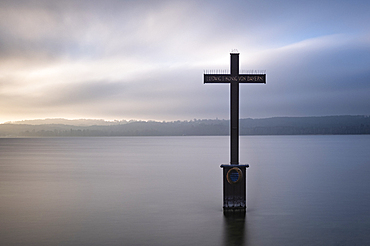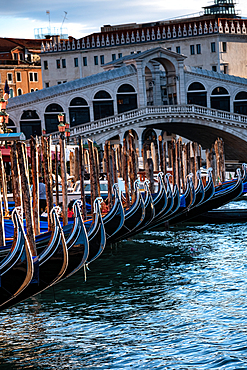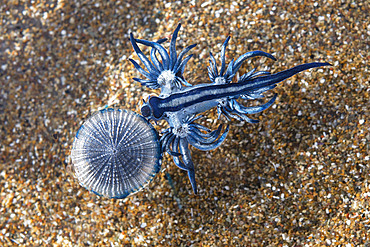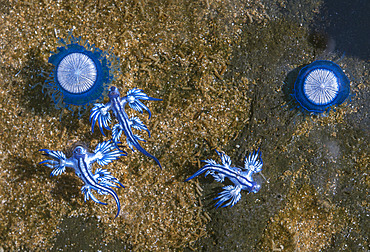Recent searches
Loading...
860-292047 - Monumental tomb at Cap Corse. Piccioni family mausoleum in Pino. This magnificent tomb contains the ashes of Valentine Eiffel, daughter of engineer Gustave Eiffel and wife of diplomat Camille Piccioni. Monumental tombs are part of traditional Corsican architecture and are often spectacular and ostentatious. They generally date from the 19th century.
1350-6608 - Mexican aztec dress gods at Grand Palladium White Sand Resort and Spa in Riviera Maya, Yucatan Peninsula, Quintana Roo, Caribbean Coast, Mexico.
Aztec clothing was generally loose fitting and did not completely cover the body. When the Spanish arrived in Mexico, the people were surprised to see them in their full armour, with only their faces exposed.
Aztec clothes were generally made of cotton (which was imported) or ayate fiber, made from the Maguey Cactus (also called the Century Plant or American Aloe). Women would weave the fibers into clothing, a task girls were taught as young teenagers. Because of their vast trading network, the Aztecs were able to make use of a beautiful array of dyes, creating the brilliant
1350-6595 - Mexican aztec dress gods at Grand Palladium White Sand Resort and Spa in Riviera Maya, Yucatan Peninsula, Quintana Roo, Caribbean Coast, Mexico.
Aztec clothing was generally loose fitting and did not completely cover the body. When the Spanish arrived in Mexico, the people were surprised to see them in their full armour, with only their faces exposed.
Aztec clothes were generally made of cotton (which was imported) or ayate fiber, made from the Maguey Cactus (also called the Century Plant or American Aloe). Women would weave the fibers into clothing, a task girls were taught as young teenagers. Because of their vast trading network, the Aztecs were able to make use of a beautiful array of dyes, creating the brilliant
1113-107628 - Memorial cross of King Ludwig II, Berg Castle, Lake Starnberg, Bavaria, Germany, Europe
1113-105549 - View of San Matia della Salute from San Gorgio Maggiore, Venice Lagoon, Veneto, Italy, Europe
1113-105550 - View of the Campanile de San Marco from San Gorgio Maggiore, Venice Lagoon, Veneto, Italy, Europe
1113-105558 - View of the gondolas at the Rialto Bridge on the Grand Canal, Venice, Veneto, Italy, Europe
1113-105557 - View of the ceiling paintings and decorations in the Doge's Palace, Palazzo Ducale, San Marco, Venice, Veneto, Italy, Europe
1113-105554 - View from the campanile over the dome of the Basilica San Giorgio Maggiore to the Venice lagoon, Veneto, Italy, Europe
1113-105553 - View across the lagoon to the Le Zitelle church on Giudecca, Venice, Veneto, Italy, Europe
1113-105556 - View of the Lion of St. Mark and Doge's Palace at sunset, Piazza San Marco, Venice, Veneto, Italy, Europe
1113-105559 - View of the Venetian gondolas and a gondolier on St. Mark's Square, in the background the island of San Giorgio, Venice, Veneto, Italy, Europe
1113-105552 - View of the Lion of St. Mark and Doge's Palace at sunset, Piazza San Marco, Venice, Veneto, Italy, Europe
860-289962 - Blue Dragon (Glaucus atlanticus). Small slug that measures only about 2 cm and is generally associated with the Portuguese man of war (Physalia physalis), although it also usually appears in intertidal pools. Marine invertebrates of the Canary Islands, Tenerife.
860-290260 - BLUE DRAGON (Glaucus atlanticus). Small slug that measures only about 2 cm and is generally associated with the Portuguese man of war (Physalia physalis), although it also usually appears in intertidal pools. Marine invertebrates of the Canary Islands, Tenerife.
860-289963 - Blue Dragon (Glaucus atlanticus) hanging. Small slug that measures only about 2 cm and is generally associated with the Portuguese man of war (Physalia physalis), although it also usually appears in intertidal pools. Marine invertebrates of the Canary Islands, Tenerife.
860-290259 - BLUE DRAGON (Glaucus atlanticus). A small peacic slug that measures only about 2 cm and is generally associated with the Portuguese frigatebird (Physalia physalis) or the blue button (Porpita porpita) on which it feeds. They can also appear in intertidal pools. Marine invertebrates of the Canary Islands, Tenerife.
857-94111 - The Traditional Miching Houses Are Generally Stilted And Have A Thatched Top With Bamboos
797-11957 - Spain, Catalunya, Barcelona, Basilica i Temple Expiatori de la Sagrada Familia, Generally known as Sagrada Familia, The Nativity facade showing the original detailed work of Antoni Gaudi.
797-11956 - Spain, Catalonia, Barcelona, Basilica i Temple Expiatori de la Sagrada Familia, Generally known as Sagrada Familia, General view of the Passion Facade with crane hanging above.
797-11958 - Spain, Catalunya, Barcelona, BasaÂlica i Temple Expiatori de la Sagrada FamaÂlia, Generally known as Sagrada Familia, The Nativity facade showing the original detailed work of Antoni Gaudi.
832-140952 - Detail of the side of the front part of the Stazione di Termini, or Stazione Centrale, generally known as Stazione Termini, the main railway station in Rome, Latium, Italy, Europe
817-419006 - Picture of the double Tetrapylon Gate, Aphrodisias, Turkey A tetrapylon¥four gates¥ is an ancient type of Roman monument of cubic shape, with a gate on each of the four sides: generally it was built on a crossroads
817-418567 - Double Tetrapylon Gate, Aphrodisias, Turkey A tetrapylon ¥four gates¥ is an ancient type of Roman monument of cubic shape, with a gate on each of the four sides: generally it was built on a crossroads
857-72038 - Naga is the Sanskrit and Pali word for a deity or class of entity or being, taking the form of a very large snake, found in Hinduism and Buddhism. In India, nagas are considered nature spirits and the protectors of springs, wells and rivers. They bring rain, and thus fertility, but are also thought to bring disasters such as floods and drought. According to traditions nagas are only malevolent to humans when they have been mistreated. They are susceptible to mankind's disrespectful actions in relation to the environment. They are also associated with waters &33; rivers, lakes, seas, and wells &33; and are generally regarded as guardians of treasure.They are objects of great reverence in some parts of southern India where it is believe that they bring fertility and prosperity to their venerators. Expensive and grand rituals are conducted in their honour.
857-68240 - A drought is an extended period of months, or years, when a region notes a deficiency in its water supply. Generally, this occurs when a region receives consistently below average precipitation. It can have a substantial impact on the ecosystem and agriculture of the affected region.
You reached the end of search results



























